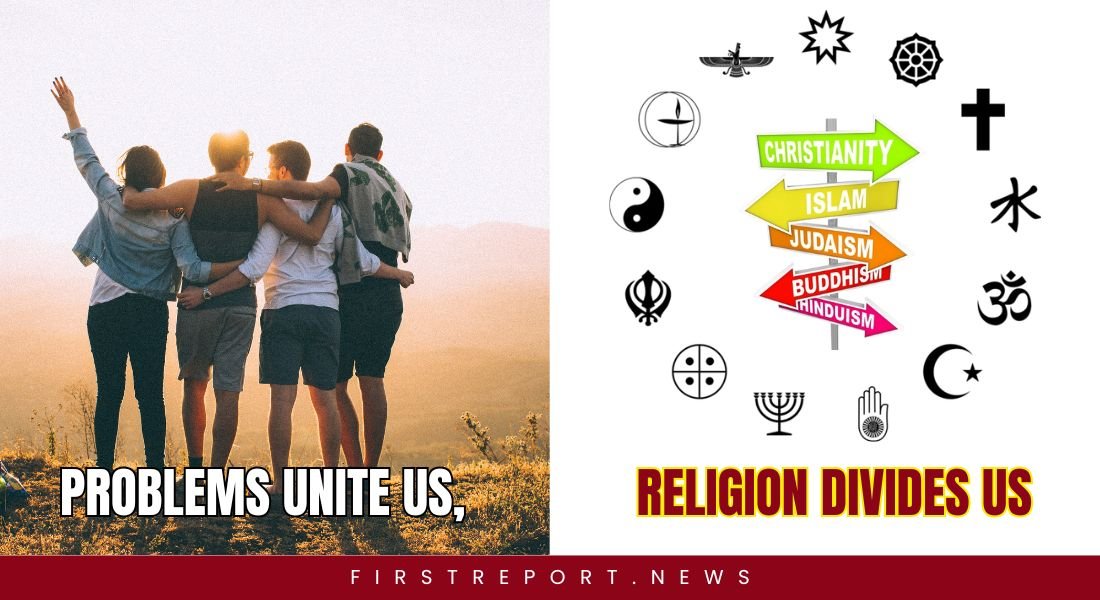India has over 650 million women, which is nearly 48% of the population. Yet, when we talk about legal rights, many people feel the scales are not always balanced. Some say laws favour women too much, while others believe the legal system still struggles to protect them. Let’s explore the truth—are gender-biased laws in India real, or is it just a myth?
- 94% of rape cases in India in 2021 were filed against known persons, including family, neighbours, and friends.
- 77% of Indian men believe gender equality is important, but 52% say women should still follow traditional roles (Pew Research, 2022).
- Over 70,000 cases were filed under Section 498A (dowry harassment) in 2021. However, over 80% ended in acquittal or were dropped.
- 81,000+ married men died by suicide in India in 2021, compared to 28,000+ married women (NCRB 2021 data).
- 1.4% of men in India faced sexual harassment (2022 study by the National Commission for Women).
- 3,000 cases of sexual assault on men were reported in 2022, a rise from 2,500 cases in 2021.
- 5,520 out of 111,549 cases registered under Section 498A of the IPC were considered false by the police (NCRB 2020 report).
- 16,151 cases under Section 498A were closed due to mistake of fact or law, insufficient evidence, a mistake, or a civil dispute (NCRB 2020 report).
These figures raise a key question: Are women misusing protective laws?
Laws Often Labelled as ‘Biased’
Some Indian laws are often called one-sided. They aim to protect women, but critics say they can be misused.
| Law | Purpose | Common Criticism |
| Section 498A IPC | Punishes cruelty by the husband or his relatives | Misuse of false dowry claims |
| Domestic Violence Act | Protects women from abuse in the home | No similar protection for men |
| Section 375 IPC | Defines and punishes rape | Recognises only women as victims |
| Maintenance Laws | Allow women to claim financial support after separation | Men cannot claim support in most cases |
| Sexual Harassment Law | Protects women in the workplace | No formal mechanism for male victims |
Also Read: Reservation System in India 2025
What Courts Have Observed
Indian courts have noted the misuse of some laws. For example:
- The Supreme Court in Rajesh Sharma v. State of UP (2017) said misuse of Section 498A is a serious issue.
- Courts have asked police to verify claims before making arrests in such cases.
- At times, courts have urged lawmakers to consider gender-neutral laws, especially for domestic violence and sexual harassment.
Voices from Both Sides
Supporters of current laws say
- India still sees high rates of violence against women.
- Protective laws are a must due to deep-rooted patriarchy.
- Misuse happens in all laws, not just those protecting women.
Critics argue
- Some laws assume only men can be abusers.
- False cases ruin lives and waste judicial time.
- The law must focus on facts, not gender.
A Need for Balance
We must ask ourselves—should protection depend on gender or situation?
Many rights activists and legal experts now ask for gender-neutral laws. Countries like Canada and the UK have already made laws that protect all genders equally.
India can
- Make laws based on the nature of the crime, not the gender.
- Set up systems to check misuse without weakening support for real victims.
- Train police and judges to handle such cases fairly and without bias.
Also Read: Capital Punishment In India
Gender-biased laws in India are not a myth. But they are not fully real either. The truth lies in between. Yes, many laws were made to protect women from serious threats. But it’s also true that some people misuse these laws, knowingly or under pressure. India needs legal reforms that offer fairness to everyone, whether man, woman, or other gender identities. Justice must be equal and without fear or favour.




